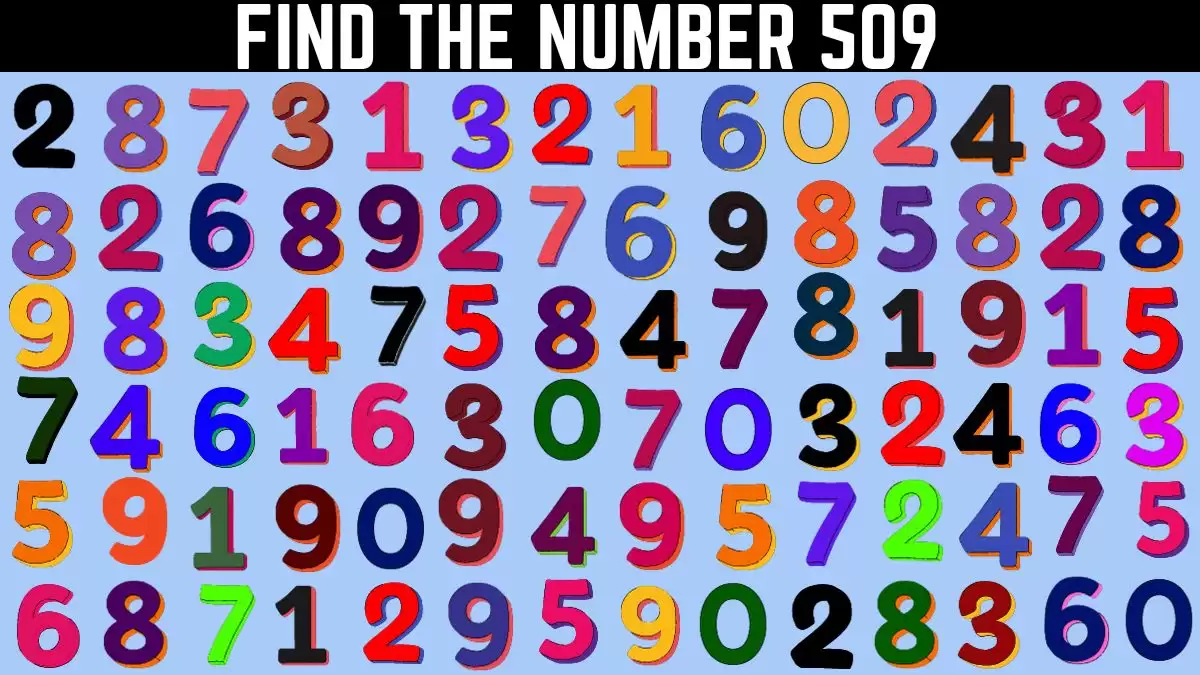
The science behind optical illusion
When you hear the word optical illusion, the first thing that comes to mind is what exactly it means. An optical illusion occurs when you see something different from what the object actually is. There are many types of optical illusions. Literal optical illusions are usually produced by assembling a collection of numerous images.
Physiological illusions cause someone to see parts of an image that do not actually exist. Cognitive illusions create optical illusions using a person’s assumptions about the world. This item also contains a unique optical illusion to test your vision. Then let’s get started!
Get ready for a visual expedition on NEWSTARS Education! Test your vision with our amazing optical illusion and visual quizzes.
What are the different types of optical illusion?
Optical illusions are fascinating visual phenomena that trick our brain into perceiving something that is not really there or interpreting something differently than it really is. Here are some different types of optical illusions:
Geometric Illusions: These illusions use shapes and patterns to create the impression of depth, movement, or distortion.
Ambiguous illusions: These illusions use images that can be interpreted in multiple ways, causing confusion or uncertainty about what is actually being seen.
Color Illusions: These illusions use color and light to create the impression of movement, depth, or contrast.
Motion Illusions: These illusions create the impression of movement or motion in a static image.
Tactile illusions: These illusions use touch and texture to create the impression of depth, shape, or movement.
Perceptual illusions: These illusions create the impression of a different size, shape, or color than what actually exists.
Flickering Illusions: These illusions create the impression of movement or change through rapidly flashing images or colors.
Afterimage illusions: These illusions create the impression that an image or color remains in vision after it has been removed.
Optical illusions can be found in various forms of media, including art, advertising, and entertainment. They are a fascinating way to explore how the brain works and perception.
Optical illusion number 509
You will need to scan the numbers, focus on the elements that make up the number 509, and quickly detect their arrangement within the given time period. It is a test of your visual acuity and the speed with which you can recognize and decipher the target number. These challenges can be fun and challenging as you work to improve your ability to quickly observe and identify specific patterns or numbers.
This challenge is designed to test your ability to quickly spot a specific number within a larger arrangement of numbers. It tests your observation skills, attention to detail, and pattern recognition abilities.

Where is the number 509 in this optical illusion?
Start by quickly scanning the set of numbers to familiarize yourself with their layout. Look for patterns or sequences that may include the number 509. Focus on the first digit of the number, which is 5. Look for the digit 5 within the set of numbers. It could appear horizontally, vertically or diagonally.
Make efficient use of your 12 seconds and stay focused on finding the specific arrangement of the digits 509.

Discover the hidden porcupine in this optical illusion
Featured prominently within this image are a multitude of pufferfish, also known as blowfish. However, hidden within this aquatic scene is a hidden porcupine. Your challenge is to locate the porcupine hidden in this image and you only have 12 seconds to do it.

How to discover the porcupine hidden in this optical illusion
If you manage to locate the hidden porcupine in the image, be sure to focus your attention on it. Now, let’s give a substantial clue right away: you can see the porcupine hidden in the area highlighted in red.
Look closely at the image and you will discern the porcupine within the highlighted region. If you have any difficulty finding it, don’t worry – we are here to help you with the image below.

Can you find the optical illusion of the hidden pencil?
In this image there are a variety of disorganized books. As is known, The Hidden Pencil could be hidden among these books, and the optical illusion revolves around it. The Hidden Pencil is somewhere inside the image and our task is to locate it.

Cracking the code of the hidden pencil optical illusion
Examine the image closely to see if you can make out The Hidden Pencil. Now, let’s reveal the most important clue: the hidden pencil is located at the bottom right of the image. Look closely at the image, specifically the bottom right, and you will find The Hidden Pencil hidden there. If you are having difficulties, don’t worry; We will assist you with the solution image below.

Disclaimer: The above information is for general informational purposes only. All information on the Site is provided in good faith; However, we make no representations or warranties of any kind, express or implied, regarding the accuracy, adequacy, validity, reliability, availability or completeness of any information on the Site.
Categories: Optical Illusion
Source: hellokitty.edu.vn